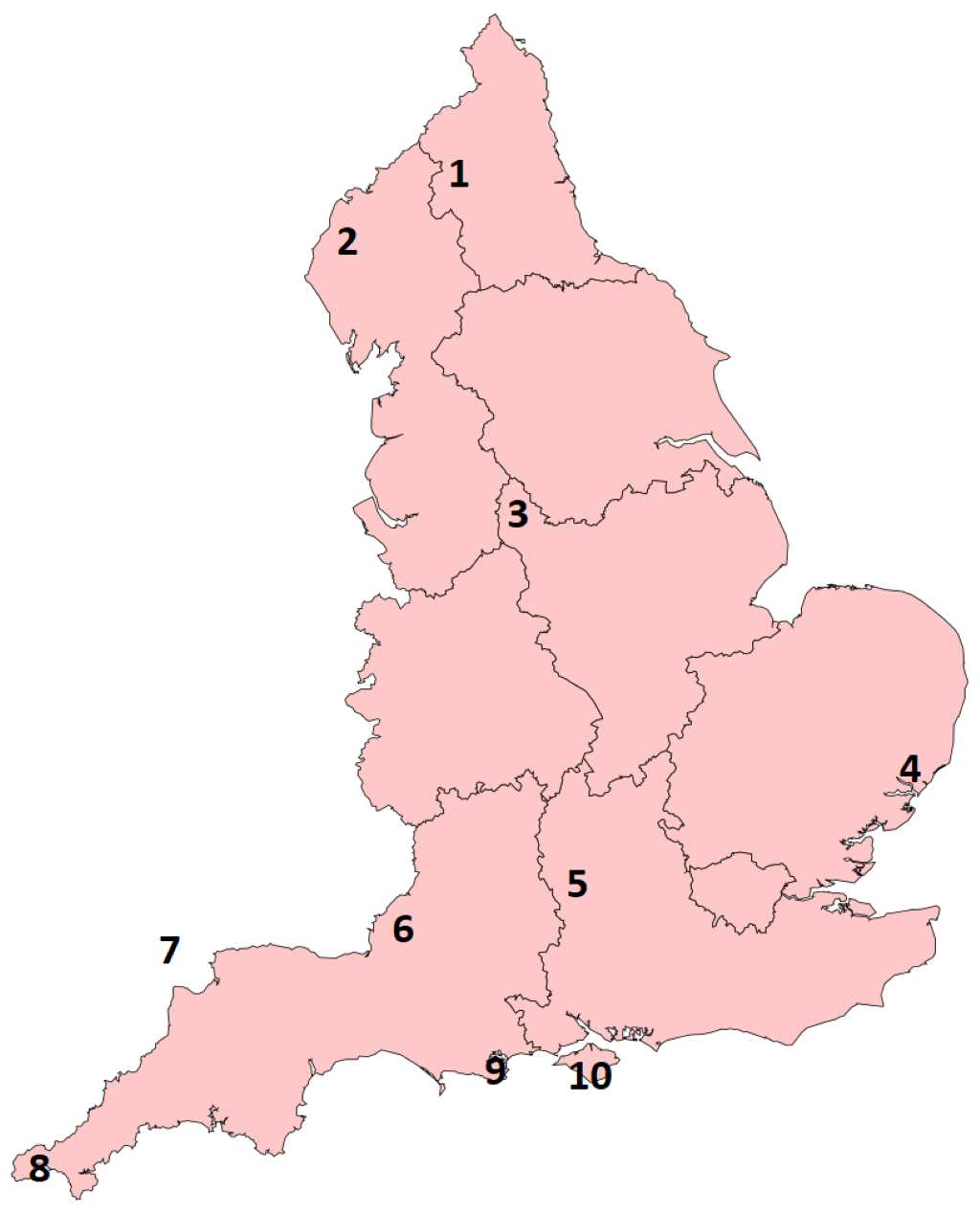
National Trusty Sites Trivia Quiz
Landmarks of England
The National Trust is one of England's largest landowners, founded in 1895 to care for historic places and buildings and areas of natural beauty. This quiz just asks you to identify the location of ten sites and landmarks that belong to it.
A label quiz
by Fifiona81.
Estimated time: 3 mins.
- Home
- »
- Quizzes
- »
- Geography Trivia
- »
- Europe
- »
- England
